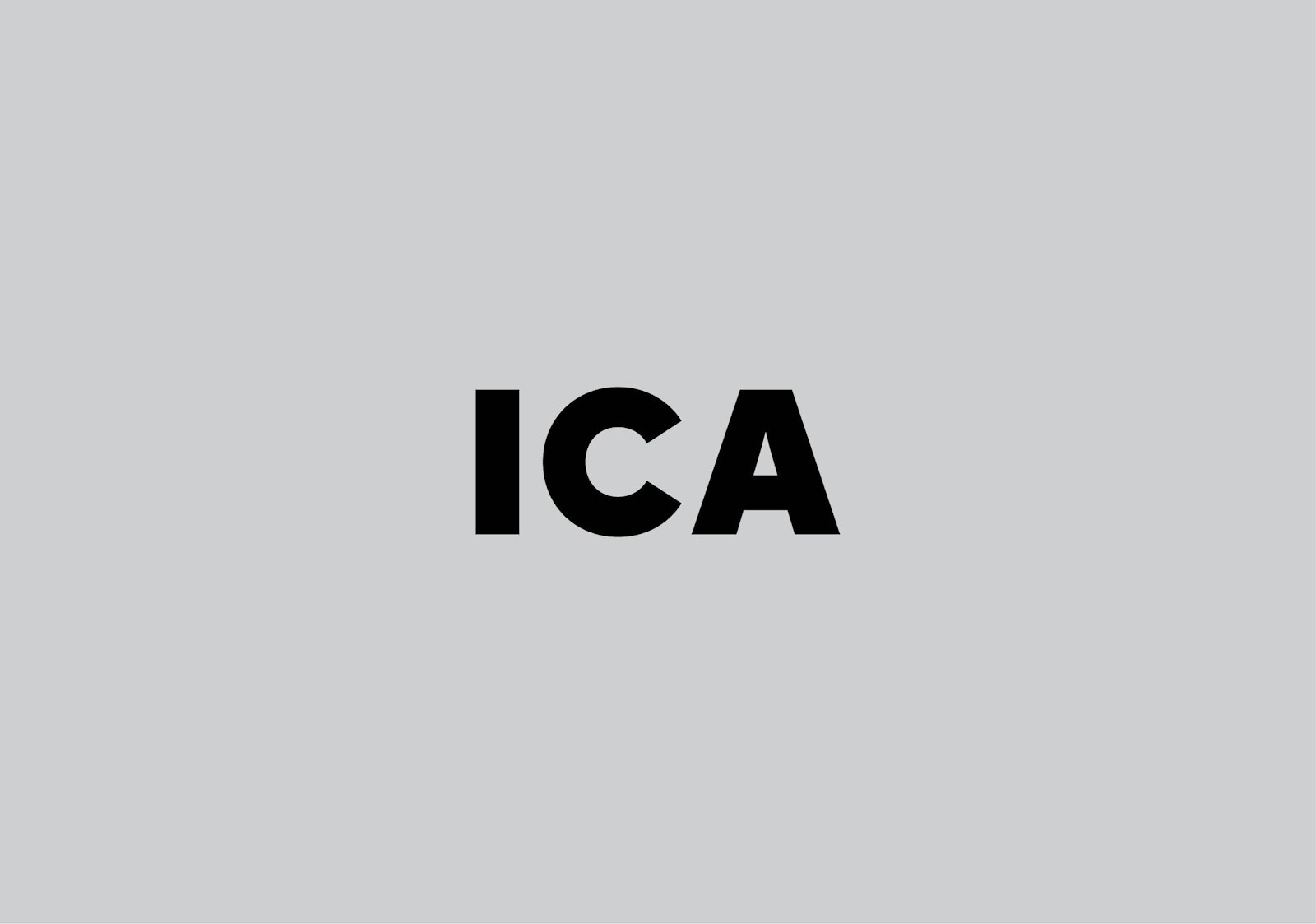Graphic designer Sarah Boris: “I never thought I would go into design”
This article was published as part of our soft launch in 2016.
Creative Lives is a podcast series profiling interesting creative careers – from how they identified an interest in the industry, to their formal education and landing their first job. This episode was recorded on 18 April 2016 and the guest was graphic designer Sarah Boris.
Sarah has been in the industry for eleven years, and has run her own studio for the last one. This studio is limited to just her at present, to give her flexibility; currently, for instance, she is publishing her first book, among other design and screen-printing projects. Though she has been drawing all her life, she admits “I never thought I would go into design.” Initially drawn to sculpture, she was pushed towards design by a teacher on her Foundation course who saw her strengths lay elsewhere, and she ended up on a typography course, albeit one with enough flexibility that she worked extensively with various methodologies such as drawing and watercolour. Asked what influences she retains from that course, she cites a sense of craftsmanship.
She goes on to discuss her MA at the London College of Communication, which she describes as an experimental time during which she explored many different techniques and methods. Upon graduating, she was drawn to work at the Barbican because of the breadth and scope of the work on display; her first application, however, met with no success. She instead took some corporate design work. “I slowly started building a portfolio that was more employable, less experimental,” she says – a tactic she worked out for herself from the responses she was receiving from employers. Applying to the Barbican again for the position of junior graphic designer, she tailored her portfolio to match the aesthetic of the gallery's own branding, and was successful, working there for several years on various design projects from posters to brochures.

Sarah eventually left in order to pursue bigger projects than a small team allowed, and to work with other brands, talking about how she used the experience she had accumulated so far in her career to land herself a position at the ICA, where she oversaw the rebranding. She outlines how she brought focus groups from the ICA's departments together to create a brand that all employees felt they had a stake in, and how she sought outside opinion on her work.
After a period of part-time ICA work and freelancing, she was persuaded to take up a design position at Phaidon by a friend. “That's why your network outside of design is really important,” she says. “He just likes what I do and really wanted to see me in that place.” Sarah goes on to discuss her approach to commissioning other designers, describing her approach as one that actively works against pigeonholing creators, tapping into personal work that leads them in new and interesting directions. During this time she also worked on the JR book, and she talks about the experience of working with such a major figure with a style of his own.
Asked about any mistakes she might have made, Sarah admits to perhaps not seeking as much advice as she ought to have done. However, she says, “I have an ethos of never regretting anything.”
Written by Will Hudson
Mention Sarah Boris


